West Africa can not compete with East and Southern Africa when it comes to National Geographic level fauna. Expansive human settlement and overhunting are the main reasons for that. But that doesn’t mean you have to settle for pied plovers and green monkeys (no disrespect to them). Increased conservation efforts and a growing spotlight on the benefits of tourism are creating the conditions for revitalized game reserves.
When you look at a map of West Africa, you will see nature reserves all over the place. But many parks are poorly maintained and have little in the way of infrastructure. Spotting wildlife may be difficult. But some of the parks are worth planning a trip around. Here are our favorite wildlife parks in the region.
Pendjari National Park, Benin
This is hands down the best park in West Africa. Unfortunately, we would not recommend visiting it as of this writing (September 2022). Two tourists were kidnapped in the park a couple of years ago and since then the security situation has only gotten worse. The close proximity to Southeast Burkina Faso, where insecurity has reined for some time now, does not bode well for future visits to Pendjari in the short-term. We will update this page if the situation changes.
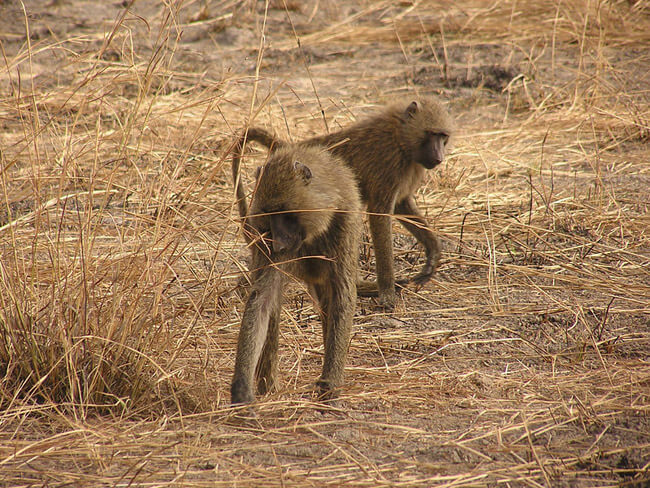
Niokolo Koba National Park, Senegal
Niokolo Koba National Park may seem like a left field candidate for second on the list here. Don’t get too caught up in the order. These are not real rankings. Niokolo Koba would not even be on this list if we were writing this post some years ago. The park had little in the way of infrastructure and wildlife. Poaching was rife. A change in park management and endangered World Heritage Status since 2007 has revitalized the park and we would now consider it one of the best “wild” parks to visit in West Africa.
Despite the fact that their website still looks like it was made in 1998, Niokolo Koba has a revived lion population, which they are diligently tracking. It is also still the northernmost latitude in the world where you have a chance of spotting a wild chimpanzee. There is an endangered population of Derby Elands (largest antelopes in the world), hippopotamus, elephants, buffalo, and a very large amount of birdlife.
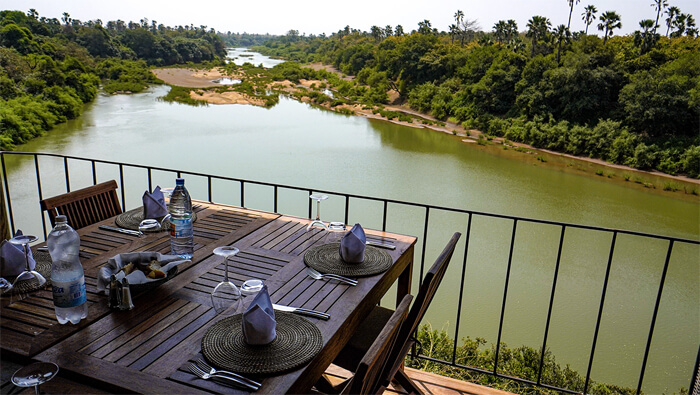
And guess what? There is even a proper lodge now! Pair a trip to Niokolo Koba with a visit to Tambacounda, Kedougou and points further south if you are feeling adventurous.
River Gambia National Park, the Gambia
Situated within the River Gambia National Park there is the Chimpanzee Rehabilitation Project. There is a semi-wild and protected population of chimpanzees on three islands in the park. I use the term semi-wild because they are fed, and sick chimps receive medical attention. But this is no petting zoo. You can stay on site at the rehabilitation center and there are guided tours to see and observe the chimps at a healthy distance. Our favorite eco-lodge in the Gambia can help you organize a trip there.
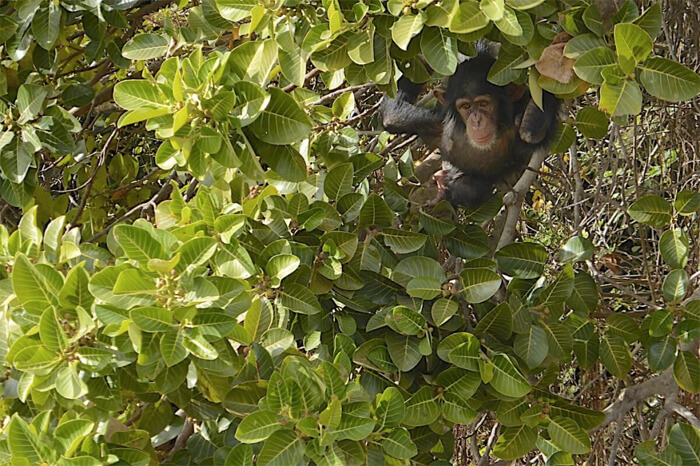
Orango National Park in the Bijagos Islands, Guinea-Bissa
We touched on Orango in our write-up of Bubaque, the largest island in the Bijagos archipelago. If you thought Bubaque was wild and and somewhat inaccessible, Orango has practically fallen off the edge of the known universe. The furthest island from the mainland, Orango also has the most unique set of flora and fauna in arguably the whole region.
For one, it is one of the only places in the world where you can see salt water hippos. The hippos spend most of the day lounging in fresh water lagoons, but they often venture to the ocean for a bath. Think of it as a disinfection routine. There are also sea turtles on the island, a population of African Grey Parrots, manatees and even Nile crocodiles.
The entire island is a national park and there is only one option for lodging. The whole trip will be a bit on the expensive side, but you are going to an exceptional place. With such a fragile and unique environment, it is a good thing that the island is not overly accessible.
Tiwai Island Wildlife Sanctuary, Sierra Leone
If you want to see what an undisturbed rainforest in West Africa looks like, this is the place.
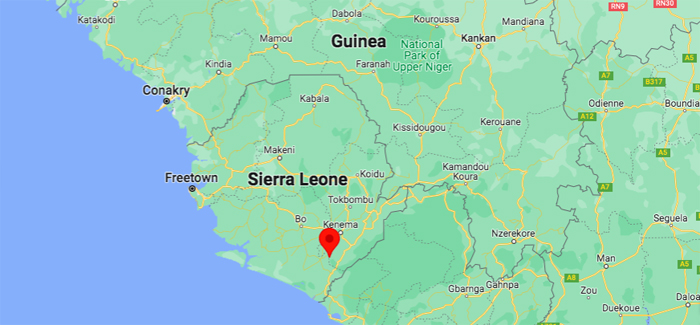
Right in the middle of a whole lot of green. The Tiwai Wildlife Sanctuary is most well known for its rare population of pygmy hippopotamus and endangered Diana monkeys. Beyond the exceptional flora and fauna, the park is simply one of the most unique explorations of the natural world that you can experience while still having some level of support and infrastructure. You can visit their official website for information about booking a visit there.
The Drill Ranch, Nigeria
The Drill Rehabilitation and Breeding Center is one of West Africa’s original primate rehabilitation projects. There are two locations in Nigeria, but the Afi Mountain location is the field site and a much more interesting visit.
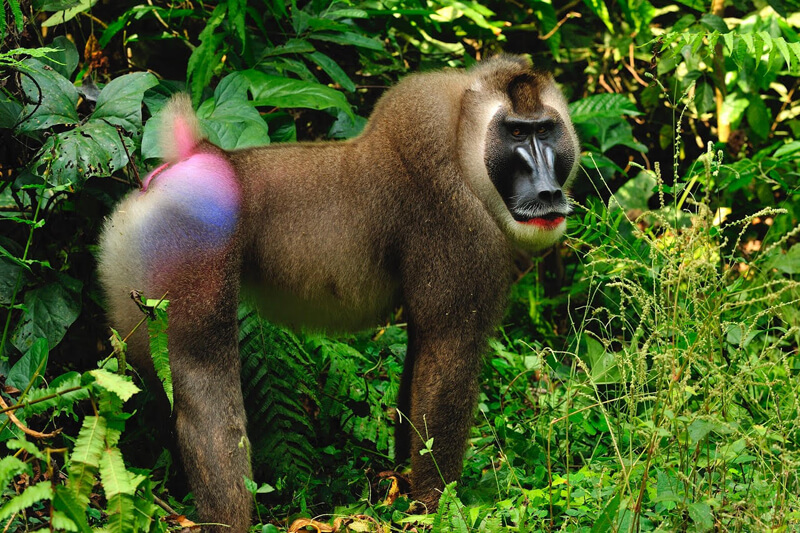
That is a Drill monkey, one of the most colorful and strange looking primates on the planet. At the Drill Ranch, you can see Drills up close. You can also chimpanzees as the Ranch serves as an orphanage of sorts. For information on visiting, see their website. It is best to contact them directly before planning a trip there.
Mole National Park, Ghana
Mole is the largest protected area in Ghana and it is one of the more accessible wildlife parks in West Africa. It’s also one of the only places in the world where you can lounge at the pool while watching elephants at a nearby watering hole.
The park is most notable for its large elephant population (there are over 800) but there is also a serious proliferation of antelope species as well as heaps of cheeky baboons and warthogs. Overlapping habitats between the park and the local villages has fostered an environment where animals often scavenge for food in non-park areas. Respect park guidelines and always use a guide. For more information on visiting, check out their official website at molenationalpark.org.
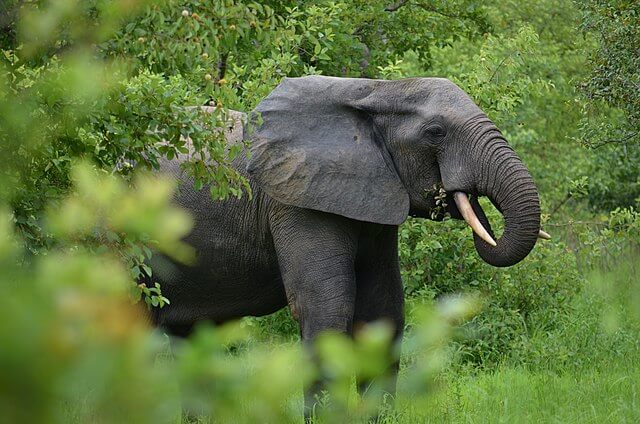
Wildlife Park Lite
In Senegal, there are two parks that offer a chance to observe wildlife up close. The conditions may not be so “wild.” These are conservation centers that also serve as tourist attractions.
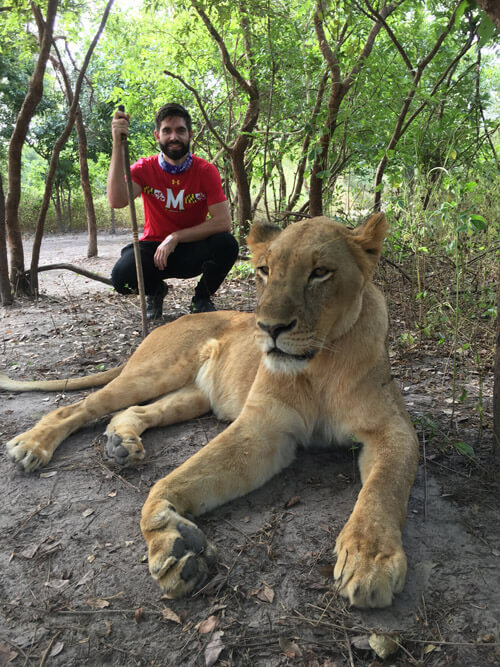
That photo is from the Fathala Wildlife Reserve. This is definitely not an activity you would undertake in an actual game reserve. At Fathala, the lions have been raised with close human contact since birth. It is unnatural, yes. But the lions are not drugged or anything like that. They are well cared for and looked after. In addition, Fathala serves as one of the few conservation centers for the critically endangered Western Giant Eland.
The other reserve that belongs in the “lite” category is Bandia. No lion walk here but a slightly larger population of overall wildlife. Instead of one ornery ostrich, they have several. It also has more of a “savannah” feel to it, with more scrubland and the occasional baobab tree.
Both of these parks are excellent if you are in Senegal (or The Gambia) and you cannot make it to Niokolo Koba or to other parks elsewhere in the region. Bandia is particularly accessible from Dakar, and Fathala is a breeze to get to from the Gambia (it is just a few kilometers over the border in Senegal).
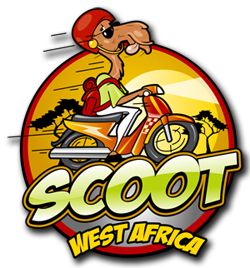
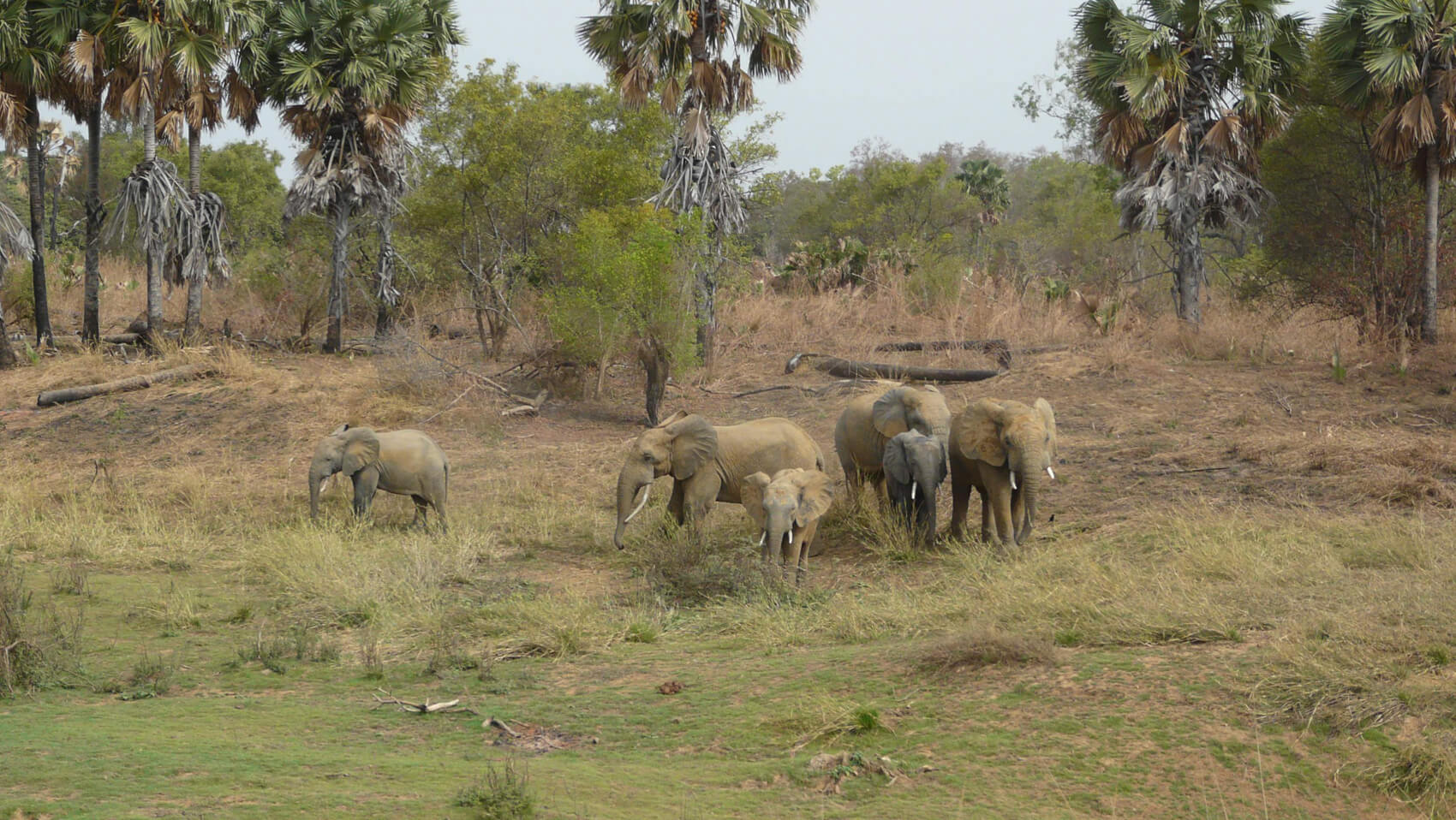
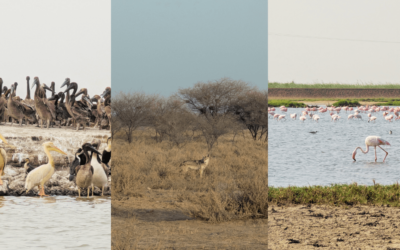
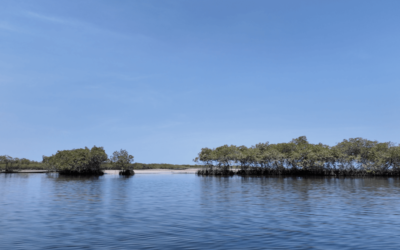
0 Comments